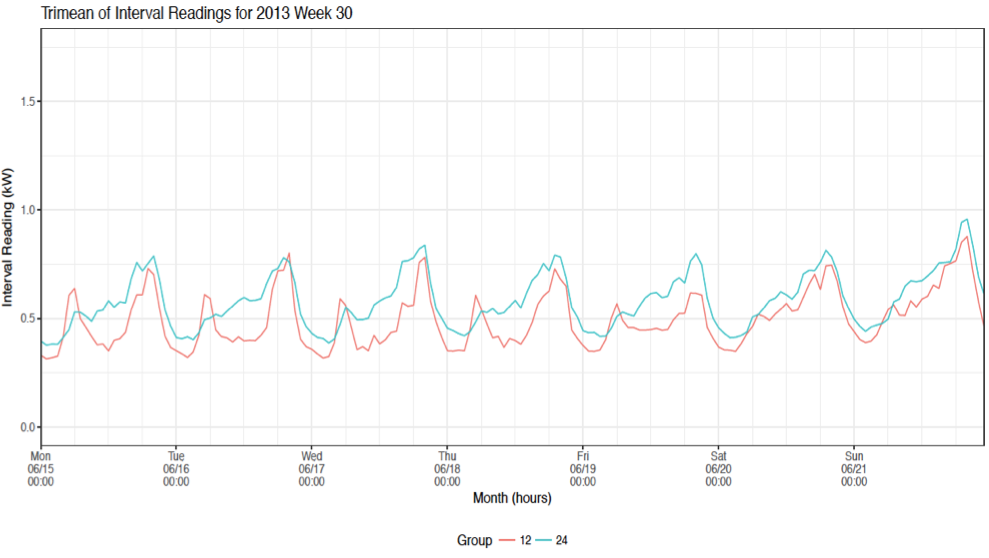Numerous changes underway in the U.S. energy sector challenge the reliability and resilience of the existing grid infrastructure. Increasing peak-to-average demand ratio, and aging infrastructure create opportunities for cleaner distributed technologies that can increase the population’s independence and support local resilience. The rapid integration of intermittent and non-uniformly distributed energy resources can also increase local grid congestion due to the mismatch between uncontrolled generation and local demand.
To increase the resiliency of local populations to unplanned and catastrophic events that could bring the grid down, it is necessary to simulate and model the behavior of energy consumers and generation assets in the community. Fraunhofer USA’s role in the project is to develop models of residential acceptance to third-party load control under grid conditions such as normal everyday, highly stressed, and critical.
Automatic demand response
The impact of demand response (DR) on households depends on the practices targeted. Curtailment (turning off an appliance that enables an activity with very short or no notice) has the greatest impact, while shedding (reducing energy use and level of service by an appliance) can hardly be noticeable.
Everyday routines often have a distinct electrical signature, and demand response could be designed around those routines to maintain grid stability while minimizing disruption to households. Those routines are, in turn, the result of the sustained replication of collective practices, and what is collectively acceptable can be changed.
 Funded by a National Science Foundation's CRISP (Critical Resilient Interdependent Infrastructure Systems and Processes) award, Fraunhofer USA is analyzing residential practices to determine what daily energy-consuming practices can be shifted to other times under both typical and emergency conditions. In addition, we are studying and evaluating the “images and meanings”, “tools” and “know-hows” that underlie these practices, as well as the range of these practices across the population. This will enable us to address key questions that affect DR program effectiveness, including:
Funded by a National Science Foundation's CRISP (Critical Resilient Interdependent Infrastructure Systems and Processes) award, Fraunhofer USA is analyzing residential practices to determine what daily energy-consuming practices can be shifted to other times under both typical and emergency conditions. In addition, we are studying and evaluating the “images and meanings”, “tools” and “know-hows” that underlie these practices, as well as the range of these practices across the population. This will enable us to address key questions that affect DR program effectiveness, including:
Ultimately, we will apply the deeper understanding of people’s practices and behaviors to improve the design of residential demand response programs and increase their efficacy.
Methods
We applied datamining techniques to evaluate the electric load shapes for 1600 homes in Los Alamos, NM. This identified distinct load shapes for two groups of people (Fig.1). Structured interviews will help understand the characteristics of each group. The combination of the quantitative and qualitative research will contextualize the datamining results. In parallel, focus groups provide insights into the flexibility of key residential routines in  multiple states (Michigan, Massachusetts and New Mexico). The end product of this research effort will be “personas”, or behavioral models that will feed the agent-based models for grid resilience developed by University of New Mexico.
multiple states (Michigan, Massachusetts and New Mexico). The end product of this research effort will be “personas”, or behavioral models that will feed the agent-based models for grid resilience developed by University of New Mexico.
We have designed focus groups and surveys to explore what households located in different climatic regions describe as everyday routines, and to determine the flexibility of those routines under typical and highly stressed grid conditions.
 Figure 1: 12 hour versus 24 hour periods.
Figure 1: 12 hour versus 24 hour periods.
Preliminary behavioral findings